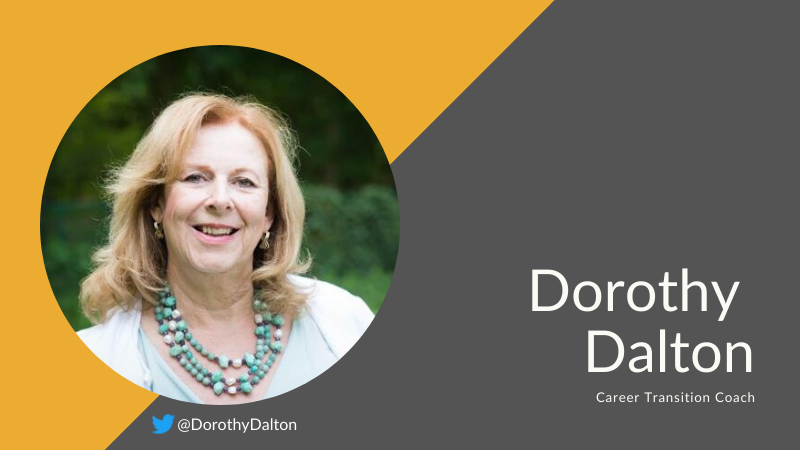Q&A with Dorothy Dalton: How Assessments Contribute to Gender Balance and Inclusion
Dorothy Dalton is a career transition coach who also provides training for talent management professionals.
What is your definition of gender balance?
Quite simply, gender balance is the equal representation of women and men offering equal access to life’s opportunities and resources between women and men.
How is gender balance different from gender equality, diversity, and inclusion?
I would say (although maybe an academic would disagree with me) gender equality is the equal valuing by society of the similarities and the differences between men and women, and the roles they play. It is based on women and men being equal partners in their homes, communities, and wider society. Gender balance is the measurement of representation of men and women in any given situation. It should be equal. It implies they are able to contribute to, and benefit from, economic, social, cultural, and political developments.
Diverse workplaces are composed of employees with a wide range of different characteristics. These can include visible differences such as gender, ethnicity, age, and physical ability. Others are less visible–for example, personality types, learning styles, education, socioeconomic backgrounds, sexual orientation, plus religious and political beliefs.
Diversity is a fact.
An inclusive workplace culture embraces individual differences by creating a sense of belonging and respect for all to achieve even greater business success. An inclusive workplace makes diverse employees feel valued, welcome, integrated, and included in the workforce instead of isolated. Inclusion is intangible and difficult to measure because it is a feeling. It makes diversity stick. Workplaces should strive to have cultures that are both diverse and inclusive.
By the way, I am not a fan of the term gender diversity. Women make up 52 percent of the population and in Europe 46.2 percent of the workforce. Women are not a minority, although there are minorities within each gender.
What are some things bias-conscious companies do that most other companies don’t?
Becoming a bias conscious and inclusive organization is a cultural transformation like any other. This requires the integration of three key organizational elements to stimulate change. They are:
• Leadership commitment. Understanding the business benefits of gender balance, diversity, and inclusion for a business and standing as a role model and ambassador.
• Systemic change. Examining the organizational processes that either accelerate or hamper the achievement of those goals.
• Individual change. Recognizing how each individual can learn to manage their own biases and behaviors to enhance business success.
This is a top-down exercise and has to be backed up with systemic changes. Companies that are genuinely committed to making a change and managing bias look at every part of the organization from sourcing and recruitment practices to promotion and work allocation, from performance appraisals and promotions to managing the gender pay gap. They give all employees unconscious bias training and have systems of “nudges” and “interrupters” in place to mitigate bias when it occurs.
These companies take steps to make sure feedback is given correctly and everyone gets a chance to speak in meetings. Every individual is responsible for making sure they manage their own biases in their everyday interactions in the workplace. This can be around things like not expecting women to make coffee or take notes and not making jokes or comments on their appearance.
They also look at their employer branding and make sure it’s gender-neutral. They have a “call out” culture where it’s okay to flag up when someone has breached a protocol, as well as transparent and confidential procedures for dealing with more serious offenses.
Sexism is a big deal. It hides in plain sight in our workplaces. Research carried out by an organization called JUMP suggests that 94 percent of women experience sexism in the workplace. Fifty-five percent of women face sexist jokes, 72 percent of women were subject to inappropriate looks or gestures, 75 percent of women are subject to comments on their appearance or the way they managed their family life, and 80 percent of women experienced “mansplaining” or “manterrupting.”
All organizations need to get on top of this.
How can consciousness about gender bias—or any type of bias—be integrated more naturally into a company’s culture and best practices?
No change is ever natural initially. It’s about training and creating a culture of open communication and accountability by making gender balance part of a team’s goals and allocating KPIs to these priorities. It’s also about not being afraid of resistance and really trying to find out what is going on when that happens and why someone is being so fearful. Usually, someone who is resistant feels threatened, and coaching or mentoring will help. It’s also important to have role models and ambassadors who lead by example. When leaders see the resistance, they quite often back off. That is not the best decision. The tail ends up wagging the dog.
Do you think the perception that talent assessments reduce bias during the hiring process is a correct one? Why or why not?
Research from Gallup indicates companies fail to choose the candidate with the right talent for the job about 82 percent of the time. That’s a pretty big error space. The systems we use currently are profoundly flawed and riddled with bias. Using talent assessments helps remove subjective bias by narrowing the candidate pool to those who are objectively qualified for the role.
They also offer good legal protection because they are based on competence and measurable soft skills. I definitely encourage my clients to test at the shortlist stage.
This interview has been edited and condensed.
If you are ready to leverage talent assessments to take your teams to the next level, let Narish International help your organization build higher-performing teams.



